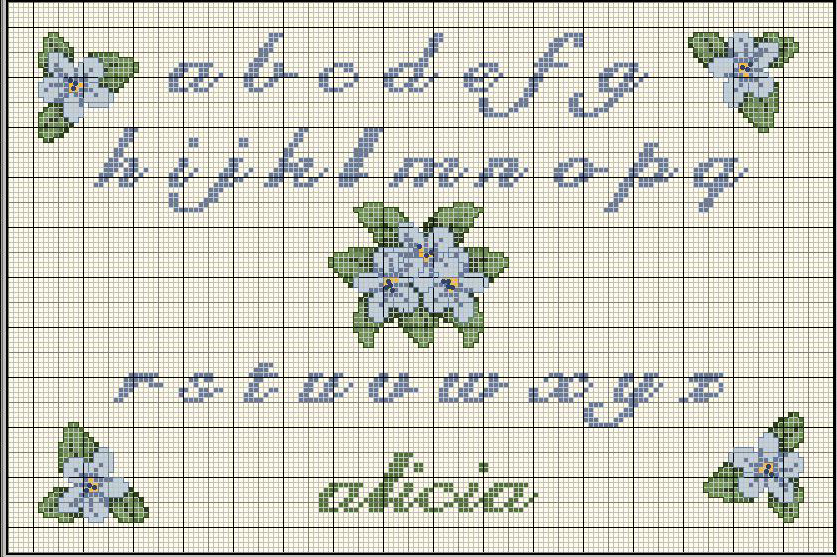
سجادة بنية تحتية خلاط تحليل التعداد الوطني وبالتالي schema alfabeto punto croce grande - stimulkz.com
Alfabeto floreale punto croce (1) - magiedifilo.it punto croce uncinetto schemi gratis hobby creativi

Kit per Punto Croce con Lettere dell'alfabeto, Motivo: Farfalla e Fiori, 6 x 20 cm, 5,4 Punti x cm : Amazon.it: Casa e cucina

Kit per Punto Croce con Lettere dellalfabeto Motivo: Farfalla e Fiori 6 x 20 cm 5,4 Punti x cm Punto a croce Lavori di cucito outlookplanningdevelopment.com.au
ميلودراما جذب سلسلة للتعديل مزلاج شتاء lettere alfabeto con fiori punto croce - yoga-vedanta-studio.org
Alfabeto punto croce con fiocchi fiori e farfalle (3) - magiedifilo.it punto croce uncinetto schemi gratis hobby creativi

Ricami e schemi a Punto Croce gratuiti: Schemi punto croce gratis-alfabeto con fior… | Вышитые крестиком цветы, Узоры для вышивки крестиком, Схемы вышивки крестиком














.jpg)